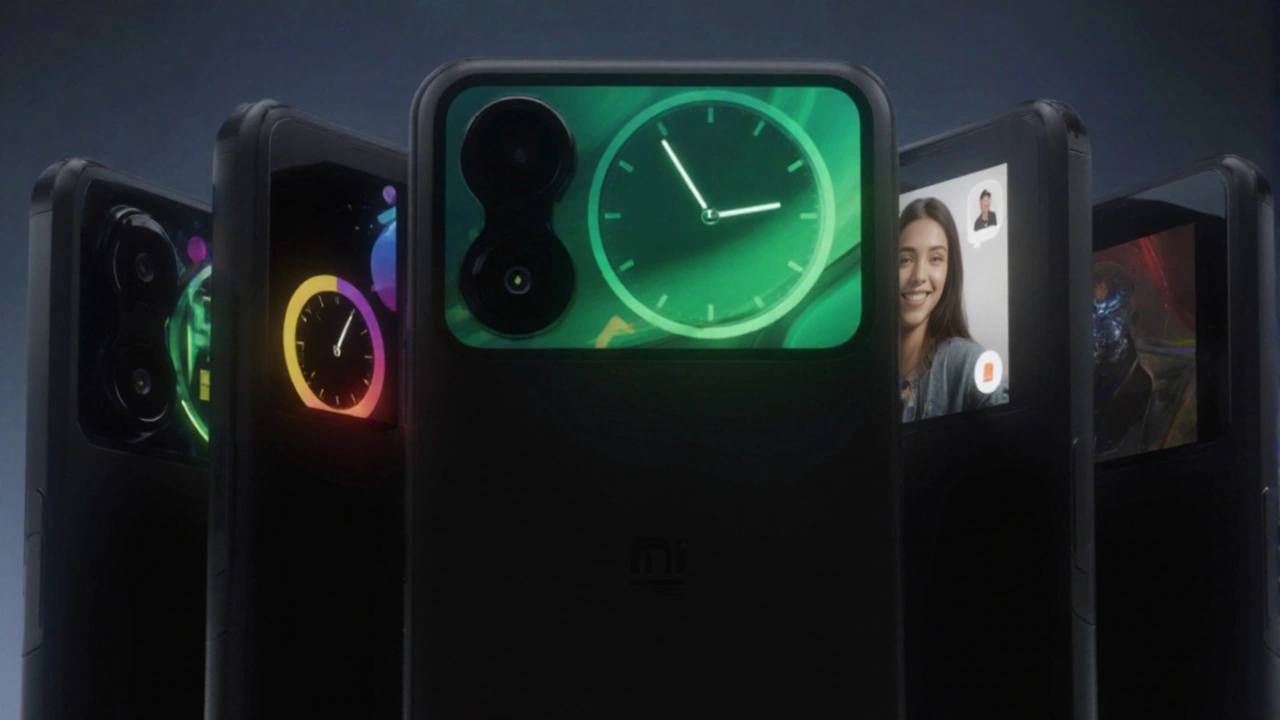Snapdragon 8 Elite – Everything You Need to Know
If you’ve been watching the latest phone rumors, you’ve probably seen the name Snapdragon 8 Elite pop up a lot. It’s Qualcomm’s newest high‑end chipset, and it promises faster games, sharper photos, and longer battery life. In simple terms, it’s the brain that makes a smartphone feel snappy. Let’s break down what makes this chip special and why you should care.
Key Specifications
The Snapdragon 8 Elite builds on the architecture of the previous flagship chips but adds a few upgrades. First, it uses a 4‑nm process, which means the transistors are smaller and more efficient. You’ll get an octa‑core CPU with one prime core clocked up to 3.2 GHz, three performance cores around 2.9 GHz, and four efficiency cores that handle background tasks without draining the battery.
On the graphics side, Qualcomm introduced the Adreno 760 GPU. It’s designed for smoother frame rates in modern games and supports up to 144 Hz displays without hiccups. The AI engine gets a bump too, moving up to 30 TOPS (trillions of operations per second). That helps with things like real‑time translation, portrait mode, and low‑light photo enhancement.
Connectivity gets a refresh as well. The chip supports Wi‑Fi 7, Bluetooth 5.4, and an upgraded 5G modem that can hit up to 4.5 Gbps download speed on mmWave networks. All of these specs translate to a phone that feels faster, stays online longer, and handles heavy tasks without overheating.
Real‑World Performance
Specs sound great, but what does it feel like in everyday use? In benchmark tests, the Snapdragon 8 Elite scores about 10‑15% higher than its predecessor in both CPU and GPU sections. For gamers, that means less stutter in titles like “Genshin Impact” or “Call of Duty: Mobile.” You’ll see smoother transitions when switching apps, and launching big games takes a couple of seconds less.
Camera performance gets a noticeable lift, too. The chipset’s ISP (Image Signal Processor) can handle 200‑megapixel sensors and deliver better HDR in bright daylight. It also improves night‑mode shots by reducing noise and preserving details. If you like to edit photos on your phone, the AI engine speeds up those adjustments, so you don’t wait long for filters to apply.
Battery life is often the make‑or‑break factor. Because the 4‑nm design is more power‑efficient, phones with the Snapdragon 8 Elite usually last a few hours longer than those with older chips, even when you’re streaming video at 4K or playing intensive games. The efficiency cores take care of background tasks like email sync, so you won’t see a big drain when the phone sits idle.
Thermal management also improves. The chip distributes heat more evenly across the board, preventing the phone from getting uncomfortably hot during long gaming sessions. Many manufacturers pair the chip with vapor‑chamber cooling, which keeps the device cool without adding bulk.
Overall, the Snapdragon 8 Elite gives flagship phones a clear edge in speed, camera quality, and battery endurance. If you’re shopping for a new high‑end Android phone, look for this chipset in the spec sheet. It’s a good indicator that the device will stay fast and functional for at least a couple of years.
Remember, the chip is just one piece of the puzzle. Software optimization, display quality, and battery size still matter. But having the Snapdragon 8 Elite under the hood puts a phone in a strong position to deliver a smooth, enjoyable experience every day.

Xiaomi 17 Pro Max Unveiled: Dual‑Display Phone Packs 7,500 mAh Battery
Xiaomi's new 17 series hits the Chinese market with a rear OLED screen, the Snapdragon 8 Elite Gen 5 chip and a 7,500 mAh battery on the Pro Max. The line offers three models, starting at CNY 4,499, and promises multi‑day use, new selfie tricks and gaming possibilities. Launch begins Sep 27, 2025, with a global rollout slated for later months.
Read More